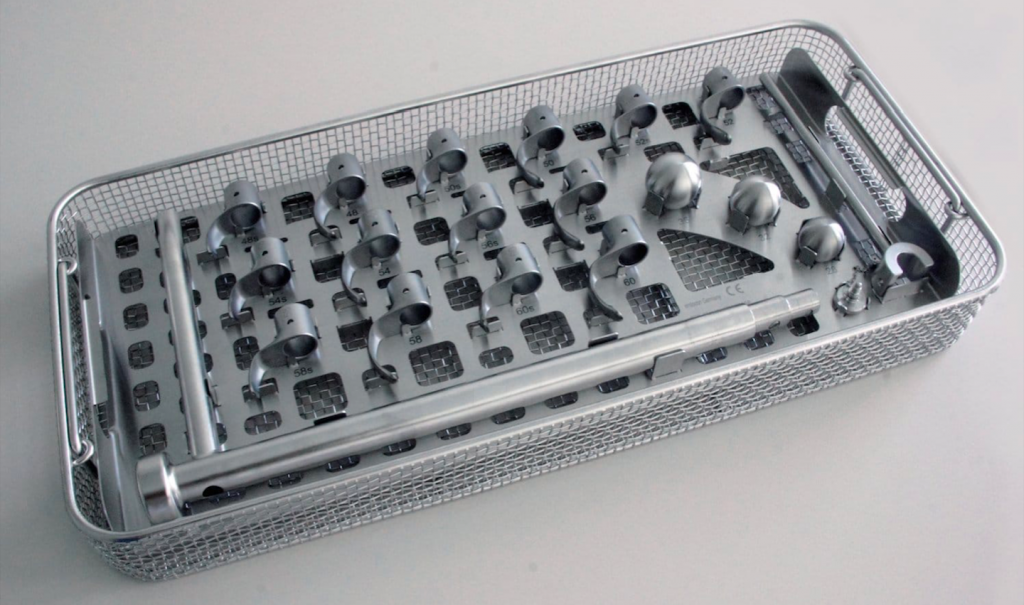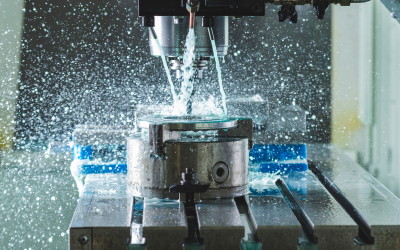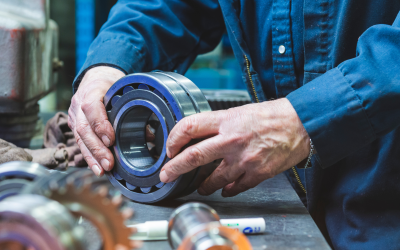3D printing was first introduced to the medical field in the early 1990s and used for creating prototypes and basic dental implants and prosthetics. Since then, the technology’s ability to handle complexity have evolved considerably, and so has its medical applications.
Visual Aid
Remember when scientists mimicked a mummy (3000-year-old Egyptian Priest)’s voice by recreating his vocal cords with a 3D printer?
Looking beyond the video that became a legendary meme, the experiment itself displays how much 3D printing technology has developed over the years and how 3D printed models can accurately mimic a patient’s anatomy and pathology. This “accuracy” has enabled surgeons to evaluate the risks and allow smoother and more efficient procedure flow. Take the 3D-printed kidney model, for instance. The model enabled a surgical team to safely plan an operation to successfully extract a kidney with a tumor, remove the tumor, and transplant the tumor-free kidney to the patient.
Not only do these visual models aid surgeons, but with it, surgeons can enhance the patient’s understanding of the procedure and allow them to make a more fully informed decision.
Visual aids are not needed for every case. In fact, this might end up wasting resources, but in complex, riskier or ever rare cases such as that mentioned above, a 3D printed visual aid can save lives.
Personalized Surgical Tools
When thinking of 3D printing, there is a common misconception that it is just a prototyping tool. The medical field is an industry that is leveraging the transformative capabilities 3D technology offers by using it to develop personalized surgical instruments (end-use tools) to improve surgical processes.
2021 marks the year 3D technology supported the world’s first successful double hand and face transplant. In such a time-critical procedure, much success was owed to the personalized 3D printed tools. 3D printed surgical tools, that offers ‘personalization,’ are evidently game changing. Take the hip cup removal case for instance.

image by endocon GmbH
A typical hip cup removal procedure lasts around 30 minutes and is performed with a chisel. This chisel, however, can risk damaging the patient’s bone and tissue, resulting in an uneven surface and the insertion of a new implant even more difficult. Seeking to improve this process, endocon GmbH 3D printed a hip cup removal surgical tool using a biocompatible material.
The tool’s additively manufactured blades allow more precise cutting and removal of the cup within 3 minutes. With the use of these 3D printed blades, the rejection rate reduced from 30% to around 3% and the cost per blade reduced by approximately 40%.
Patient-Specific Parts
Prosthetics and implants are such personal items. Each one has to be custom-made, made to fit an individual’s needs. The ability to create patient-specific parts is another benefit of 3D printing in the medical field. The list below highlights a few patient-specific parts created over the last decade. They are testament that 3D printing is more than just a prototyping tool (in the medical field).
2012 – An 83-year-old woman gets the world’s first 3D-printed jaw transplant
2016 – World’s first 3D-printed titanium cranial implant
2017 – Doctors in France develop the first patient-specific 3D printed airway stents
2018 – First ever successful use of a patient-specific 3D printed talus implant in a trauma case
2019 – World’s first 3D-printed middle-ear transplant restores the hearing of a patient with conductive hearing loss
2021 – British patient receives world’s first 3D printed prosthetic eye
Bonus: it’s been over a decade since a human bladder was successfully 3D printed and transplanted and has ever since shown long-term viability.
The examples in this blog presents a small portion of the developments and applications of 3D printing in the medical sphere. The possibilities with 3D printing are endless.





0 Comments